Products are selected by our editors, we may earn commission from links on this page.
Let’s dive into this trip down memory lane to laugh (and maybe cringe) at some of the worst Y2K design trends we’re more than happy to leave behind. From Tuscan Chaos to Beaded Nightmares let’s take a look!
Framed Movie Posters
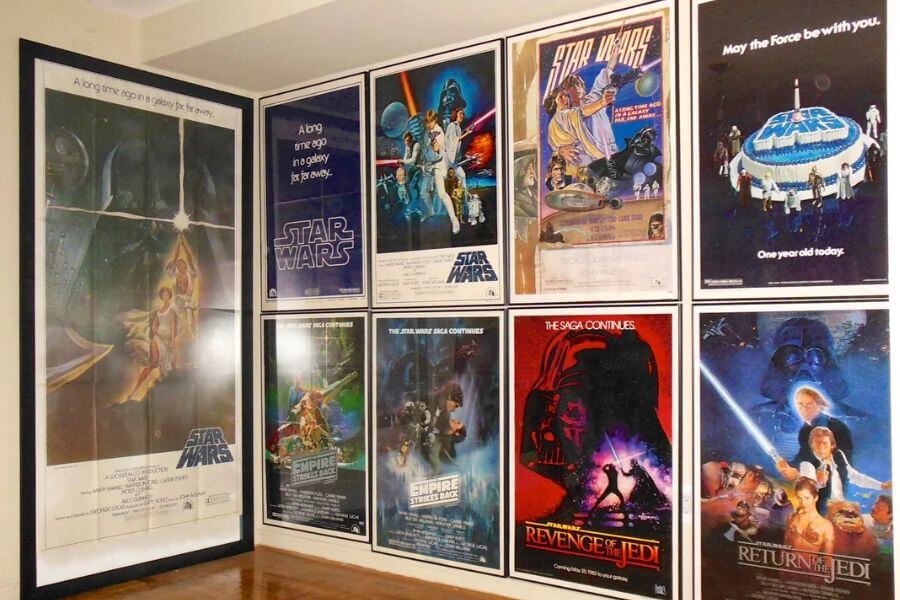
Framed movie posters covered the walls of Y2K living rooms, transforming spaces into mini cinemas. They were often oversized and featured the hottest blockbuster films.
These posters rarely matched anything else in the room, adding to the cluttered look. Most were held up by thumbtacks, making decor look makeshift.
Now, framed art is more refined, and movie posters are left to theaters. We’re happy to create a more cohesive vibe without celebrity faces staring down at us.
Shag Rugs
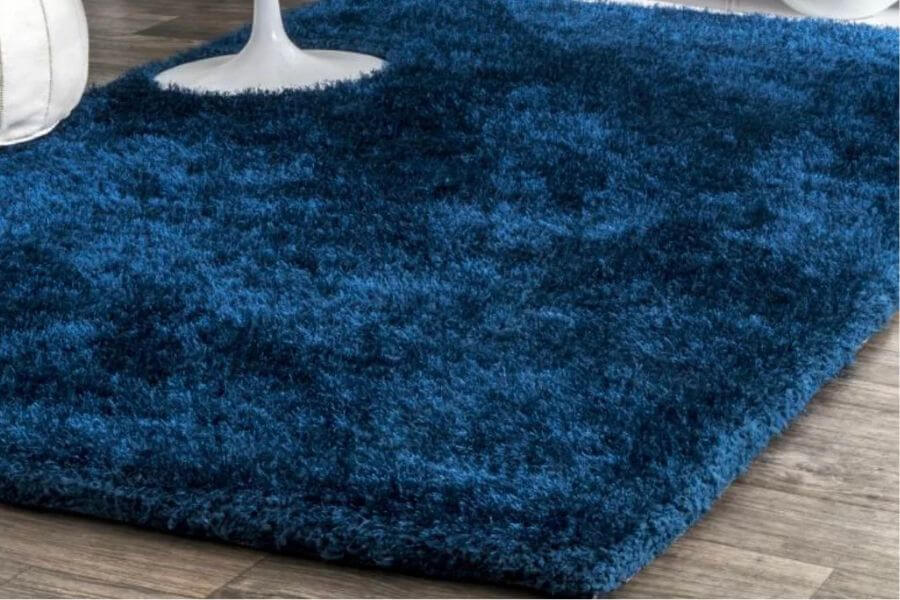
Shag rugs made a Y2K comeback, but they were a pain to clean. Every crumb, coin, and bit of lint found a new home within those deep, fluffy fibers.
The shag aesthetic looked cozy but quickly became a hassle, with trapped dust making allergies flair. Plus, cleaning them was like a workout in itself.
Modern rugs are easier to clean and less likely to cause allergy attacks. Shag is fun in theory, but we’ve learned that practicality matters, too.
Bean Bag Chairs
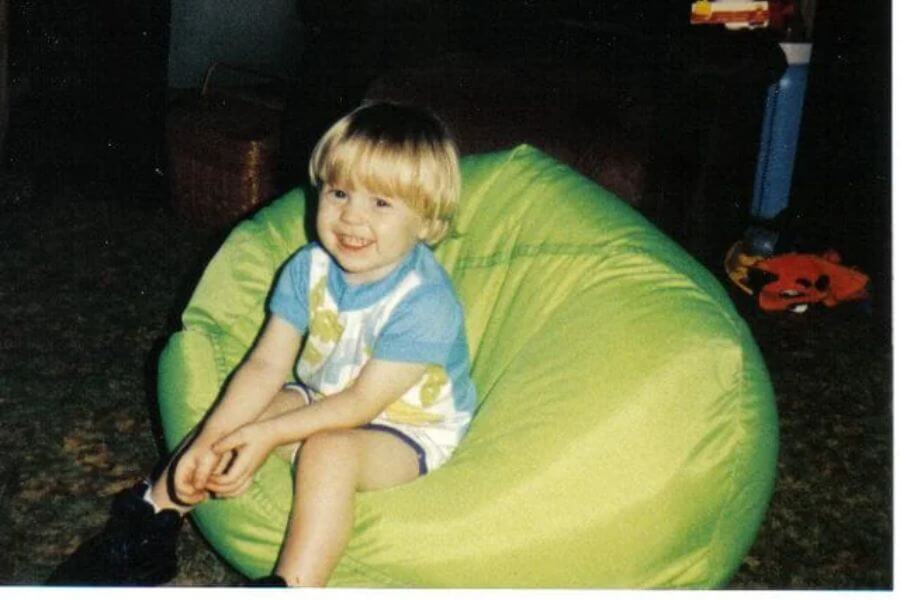
Bean bag chairs were a favorite lounging spot in Y2K homes. They came in neon colors, were squishy but rarely offered much support, and were hard to get out of.
Everyone had one, but after a few weeks, they lost their shape, becoming shapeless blobs that spilled beans everywhere when ripped.
We’ve since upgraded to comfier seating options, but bean bags are a fun memory for many. They’re best left as dorm decor, not living room staples.
Glow-in-the-Dark Stars
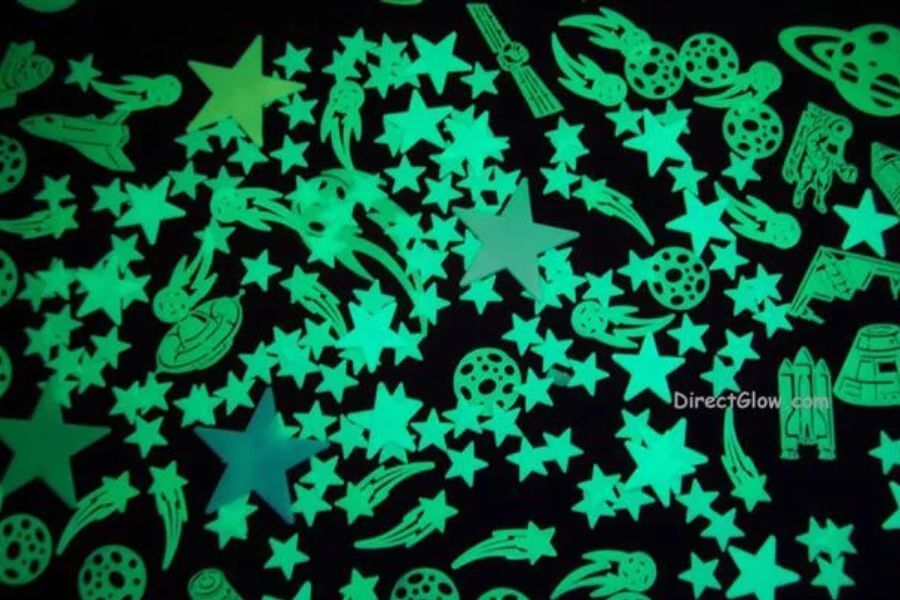
Every kid’s room in the Y2K era was incomplete without glow-in-the-dark stars on the ceiling. These tiny, sticky decorations gave rooms a cosmic, out-of-this-world feel.
They looked great for about a month, then started peeling and losing their glow. Plus, removing them often left little dots of sticky residue everywhere.
Now, ceiling decor has evolved, and glow-in-the-dark stars are mostly for kids’ slumber parties. The night sky belongs outside, not on bedroom ceilings.
Animal-Print Everything
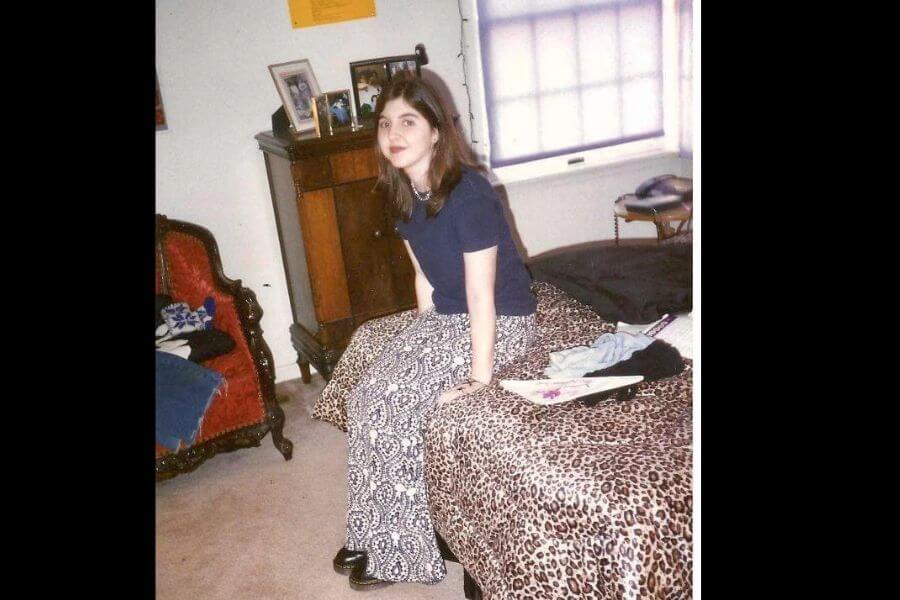
Animal print wasn’t just for fashion in the Y2K years—it covered everything from throw pillows to bedspreads. Leopard, cheetah, and zebra prints were household staples.
The look was bold but often overpowering, making rooms feel like makeshift jungle safaris. Nothing says “calm” quite like a zebra-print sofa, right?
Today, we use animal print in small doses, if at all. We’re happy to leave the all-over safari style behind with our cargo pants.
Metallic Accents Everywhere
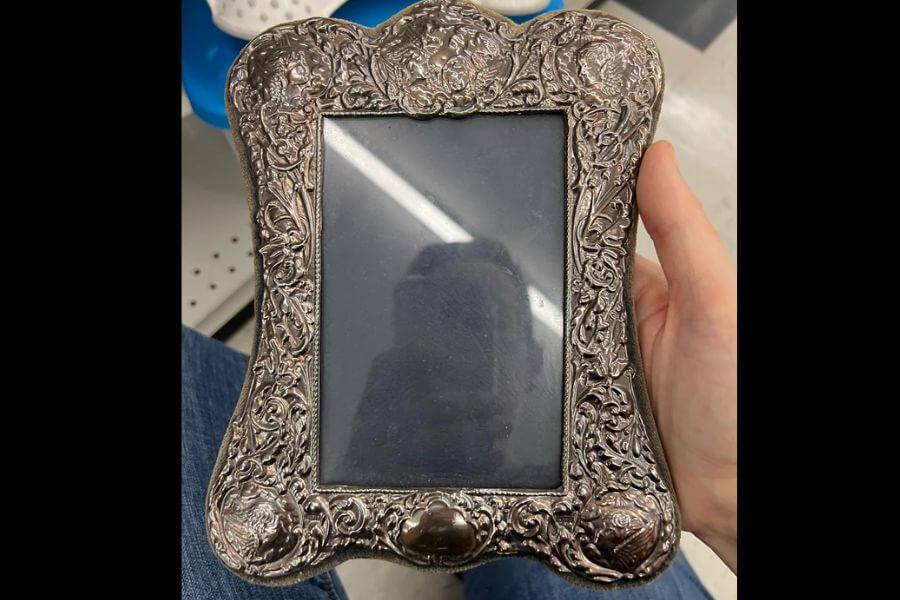
Metallics were a Y2K obsession, from silver bed frames to chrome lamps. These shiny accents were all the rage, even if they looked more cold than cozy.
Rooms had a spaceship vibe, with stainless steel and chrome dominating decor choices. It was a future-focused look but didn’t create a welcoming space.
Today, metallics are used sparingly for accents. We’ve embraced softer finishes over shiny overload, making homes feel warmer and more inviting.
Butterfly Decor
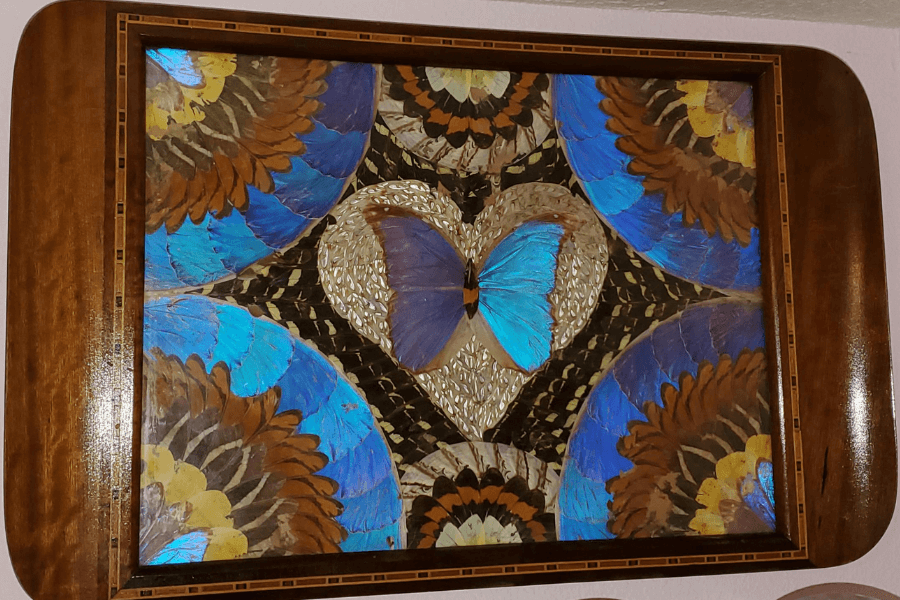
Butterfly decor fluttered into Y2K homes everywhere, from wall decals to throw pillows. For some reason, these delicate insects became a decor staple.
It was whimsical, sure, but the overuse turned rooms into butterfly gardens. Butterflies were on everything, creating a childlike feel that quickly became overwhelming.
These days, butterfly decor is mostly retired. It’s sweet in small doses but doesn’t need to take over a room. A few accents go a long way.
Tuscan-Inspired Kitchens
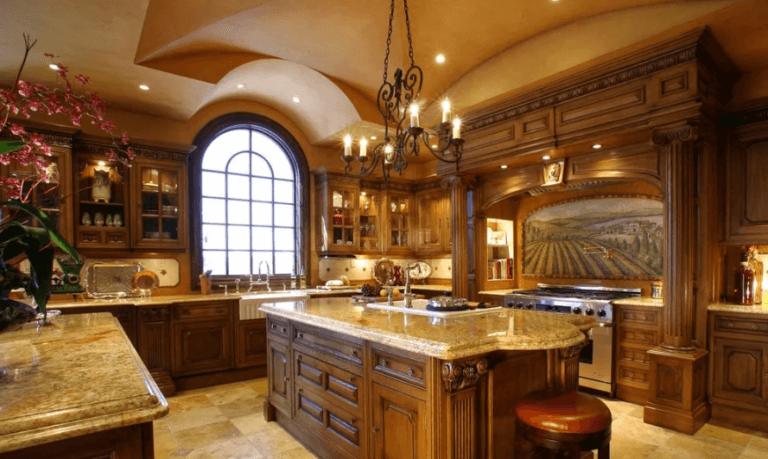
Tuscan-inspired kitchens were the early 2000s’ attempt at Italian villa vibes. Dark woods, faux-grapevines, and terracotta tones dominated, making these kitchens feel more like themed restaurants.
Stepping into one was like taking a trip to a mini Tuscany—if Tuscany were a chain restaurant. Homeowners felt one garlic press away from being Italian culinary experts.
Today, we prefer a neutral, modern kitchen aesthetic. Goodbye, Tuscan-themed monstrosities, and hello to kitchens that don’t look like they serve free breadsticks.
Beaded Curtains
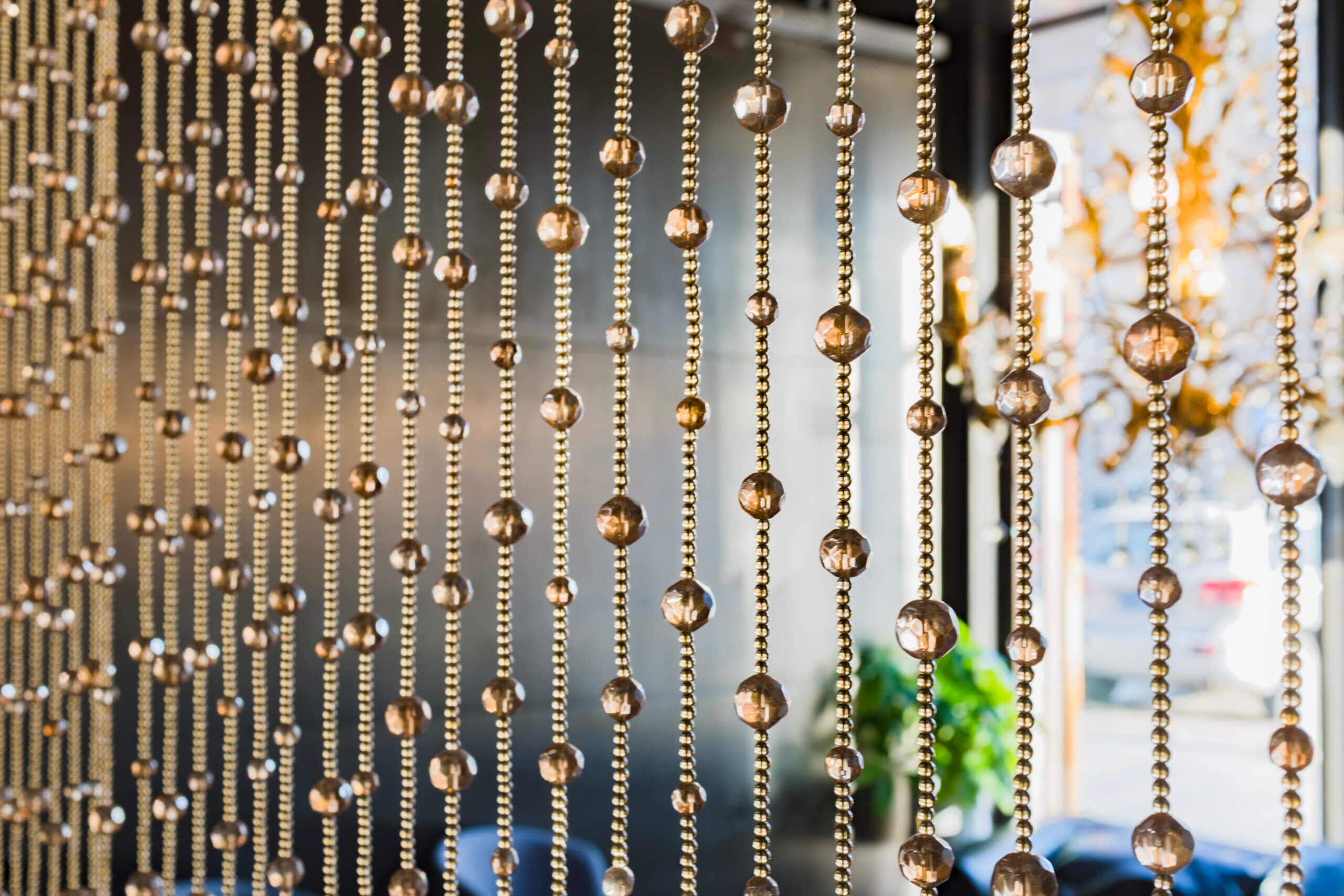
Beaded curtains: the jangling portals of Y2K homes. They brought “mystique” to doorways but mainly provided endless noise and a relentless tangle of plastic beads.
Some Millennials found the clinking soothing, while others saw them as untamable decor nightmares. A few walks through, and you were untangling beads for days.
Gen-Z, if you’re rediscovering Y2K, take note: beads are better left in jewelry. We’ve had enough tangled plastic in our doorways to last a lifetime.
Textured Walls
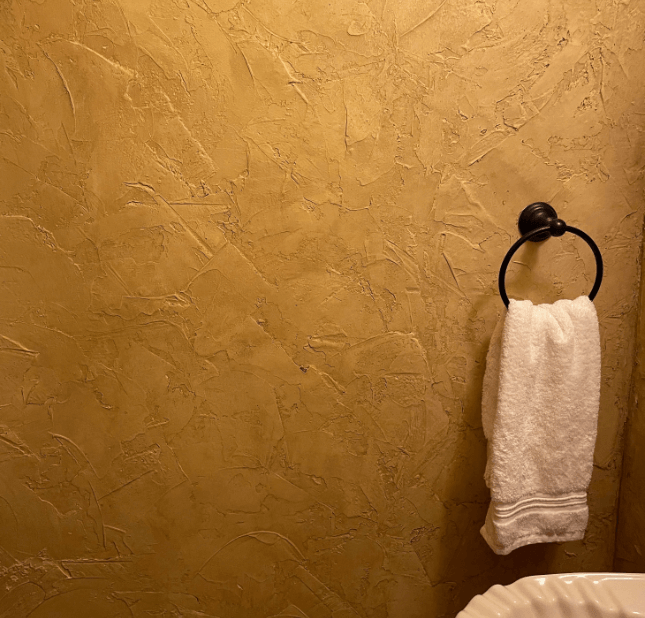
Textured walls were all the rage, especially if you wanted a mustard-stained, sponge-painted look. This trend encouraged DIY disasters that looked like wall rashes.
Texturing was fun at first, with sponges and crumpled paper, but living with it? Not so much. The result often felt chaotic and, frankly, dirty.
Today’s smooth walls feel like a balm for the eyes, leaving textured, chaotic surfaces in the past where they belong. Thank goodness that trend didn’t last.
Vertical Blinds
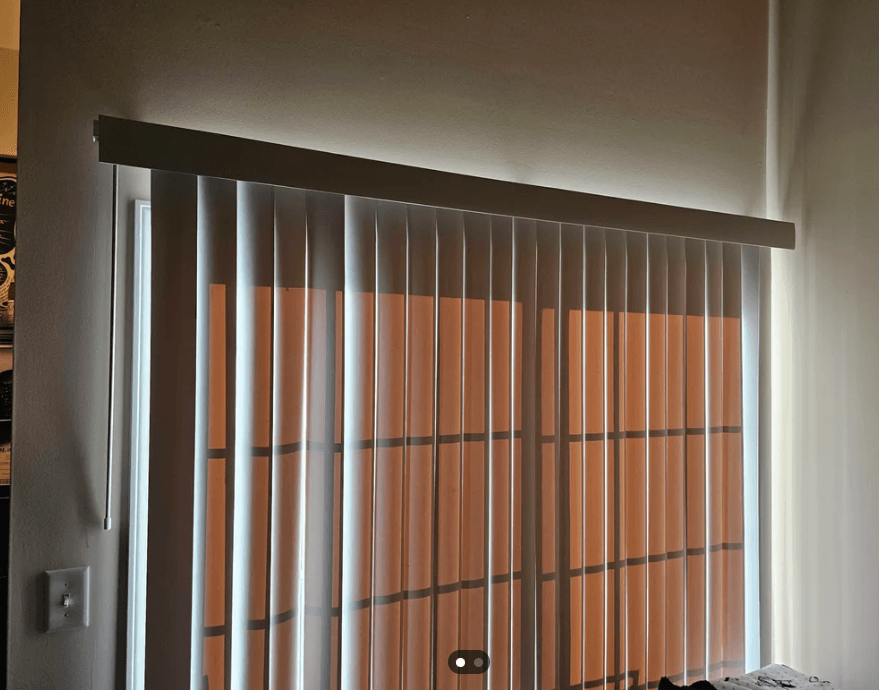
Ah, vertical blinds—the great dust collectors of Y2K decor. Each slat captured dust and grime, making them a nightmare to clean, but they were everywhere.
These blinds added a prison-bar effect to windows, making them feel less like home decor and more like DIY jail bars. Chic? Not exactly.
Now, we appreciate the simplicity of regular curtains. Vertical blinds are left in the past, where they can remain forever, gathering dust far, far away.
Granite Overload
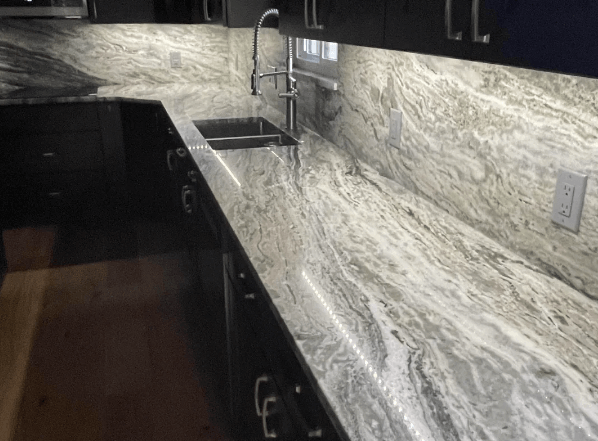
Granite countertops? Perfectly fine. Granite on walls and backsplashes? Too much. Y2K design tried to put granite everywhere, creating kitchens that felt like caves.
The early 2000s took granite mania to new heights, literally, as it crept up walls, turning kitchens into mini dungeons. It was the ultimate granite flex.
Modern kitchens use granite with restraint. Goodbye to the days when every inch of kitchen space needed to scream “look at my granite!”
Tapestries on Walls
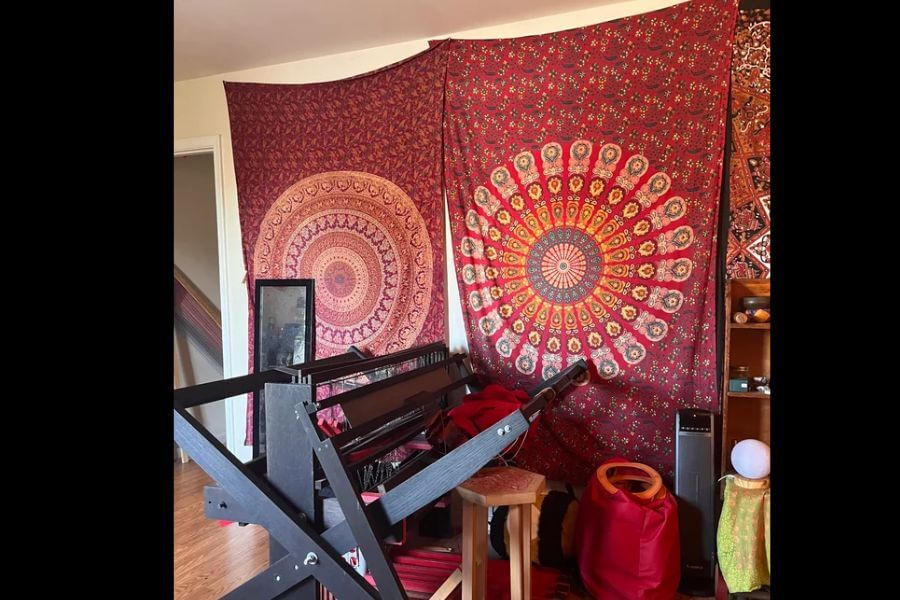
Tapestries were a big Y2K trend, covering bedroom walls with elaborate patterns. It was a college dorm look, but somehow it made its way into homes, too.
These oversized, cloth wall hangings felt a bit like blankets on the walls, adding a bohemian touch but also a lot of dust.
Modern wall decor is more structured, and tapestries are mostly left for dorms or festivals. They’re cozy but have been replaced by framed art in homes.
Boxy Entertainment Centers
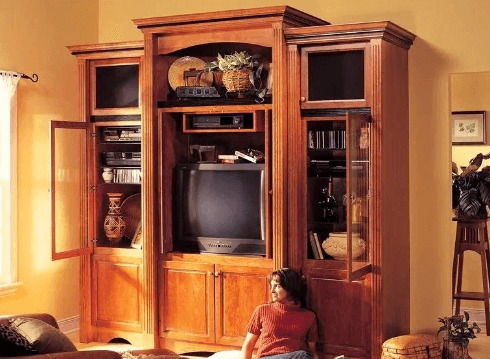
Boxy entertainment centers were built to hold massive TVs and VHS tapes, but they also dominated entire rooms with their size and dust-collecting design.
These furniture beasts required frequent cleaning and tons of polish, a chore often left to kids. Every surface attracted dust like a magnet.
Nowadays, we prefer minimalistic media stands that don’t take up an entire wall. Boxy entertainment centers are museum relics, and we’re happy with that.
Matching Furniture Sets
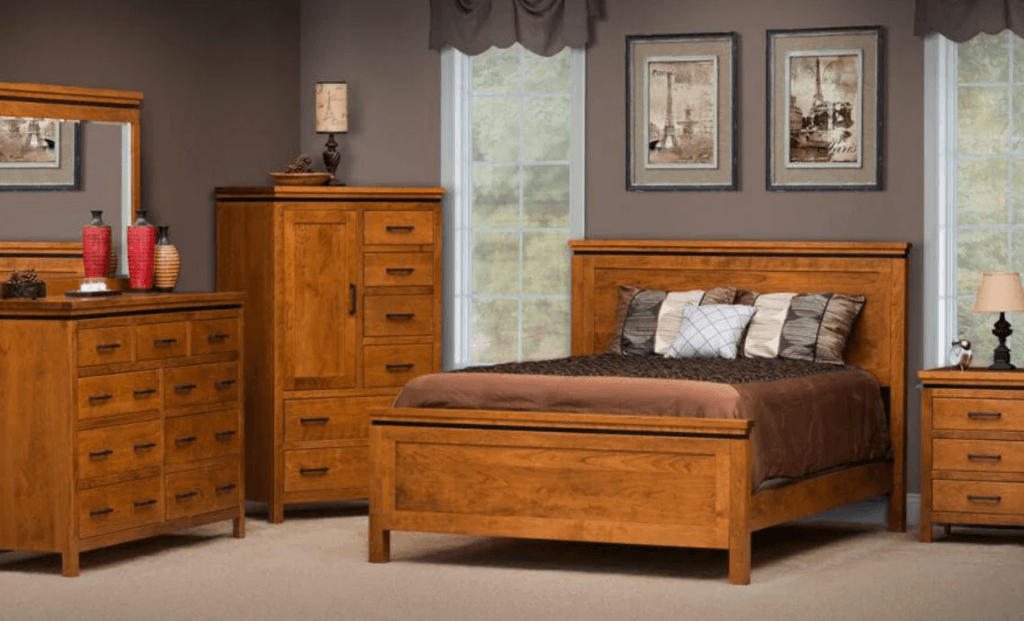
The 2000s were all about matching furniture sets, especially in bedrooms. These sets made rooms look catalog-perfect but lacked personal character.
Furniture stores thrived by selling sets as the ultimate adulting purchase. A complete bedroom in one swoop? Who could resist?
We’ve now embraced the beauty of mix-and-match furniture. Today’s decor reflects personal style, not a pre-packaged catalog spread from 2002.
Lava Lamps
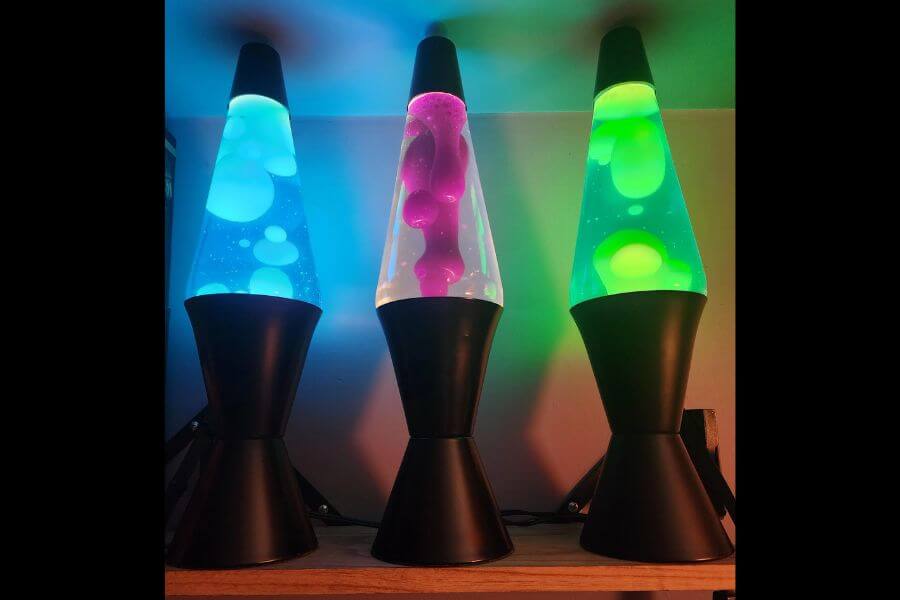
Lava lamps had a major resurgence in Y2K decor, bubbling away on desks and nightstands. They added a “groovy” vibe but didn’t actually light up the room.
These glowing globes were mesmerizing, but not exactly functional, and spilled if tipped over—hello, waxy mess! Plus, they felt a bit out of place in most rooms.
Lava lamps are now nostalgic pieces at best, more suited to retro collections than bedside lighting. They’re a fun memory but not a decor necessity.
Carpeted Bathrooms
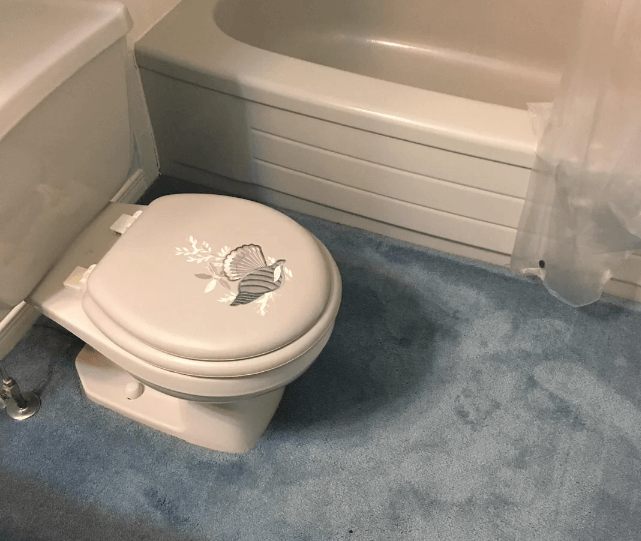
Carpeted bathrooms were, somehow, a thing in Y2K homes. It was cozy for bare feet, but let’s face it—carpet and water don’t mix well.
These carpeted nightmares absorbed every drop of moisture, leading to endless cleaning issues. And don’t even get us started on padded toilet seats.
Thankfully, tile took over, sparing us all the mystery stains. Bathroom carpets remain a bizarre relic we’re happy to leave behind.
Fruit and Vegetable Decor
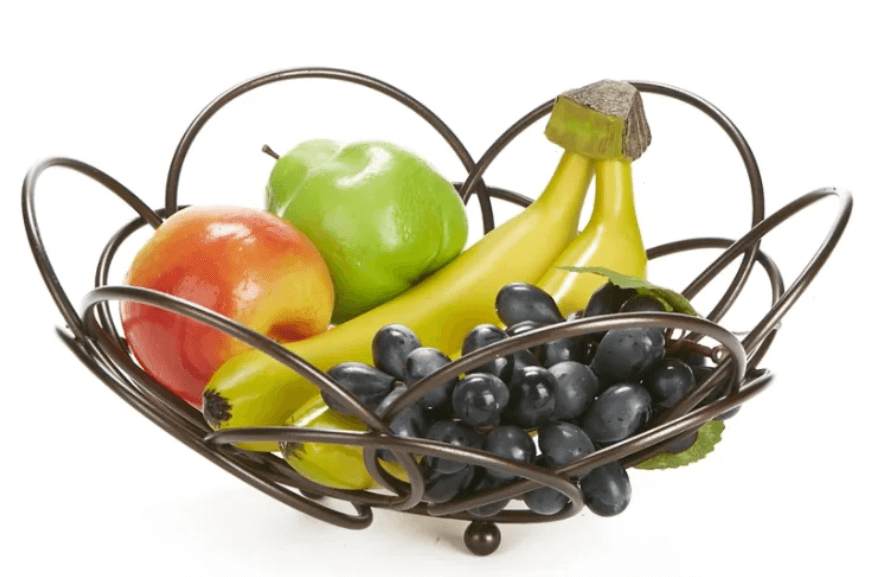
Y2K kitchens weren’t complete without fruit and vegetable decor. Wax apples, grape-patterned wallpaper, and fake cornucopias were all the rage.
Guests often mistook fake fruit for real snacks, leading to uncomfortable, waxy bites. The trend was part kitchen and part mini farmer’s market.
Luckily, we’ve moved past these faux-produce displays. A clean, uncluttered kitchen feels more modern and way less confusing for snack-seeking guests.
TVs That Were Way Too High
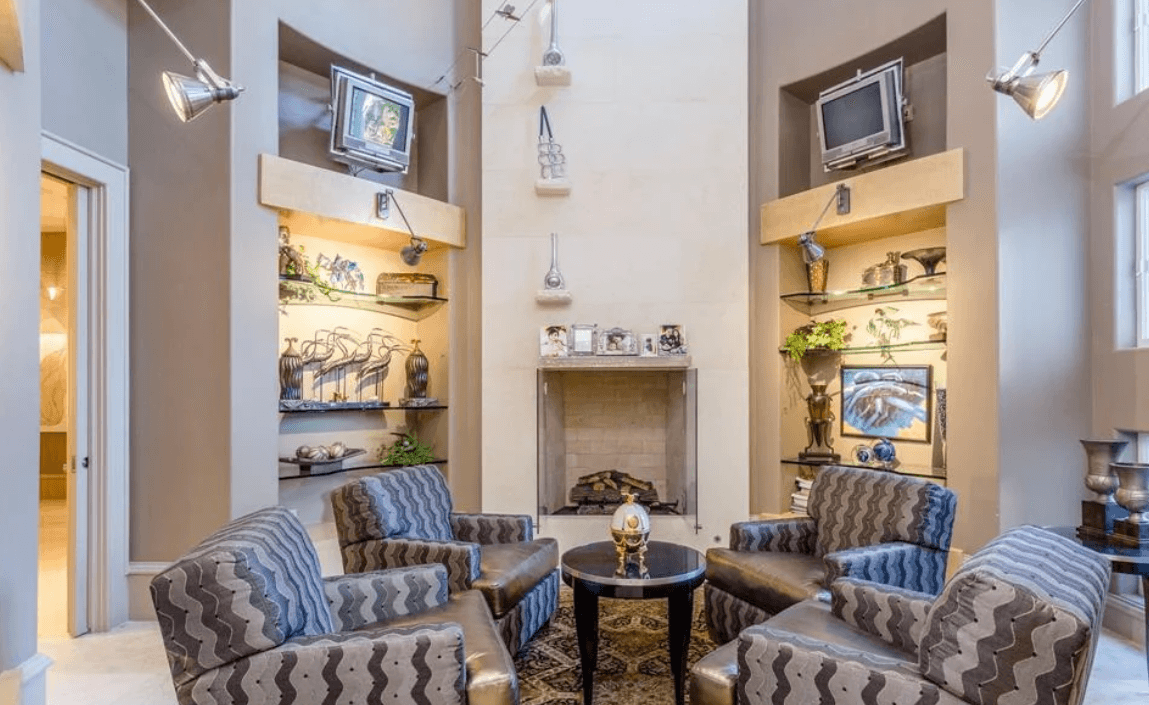
Early flat-screen TVs brought new design challenges, like wall mounts. But in the Y2K era, TVs ended up so high they could give you a neck cramp.
Vaulted ceilings made it even worse, forcing viewers to crane their necks like they were in the front row of a movie theater.
Now, TVs are finally at eye level, saving our necks. It’s nice to watch TV without feeling like you need a chiropractic appointment.
Overly Themed Rooms
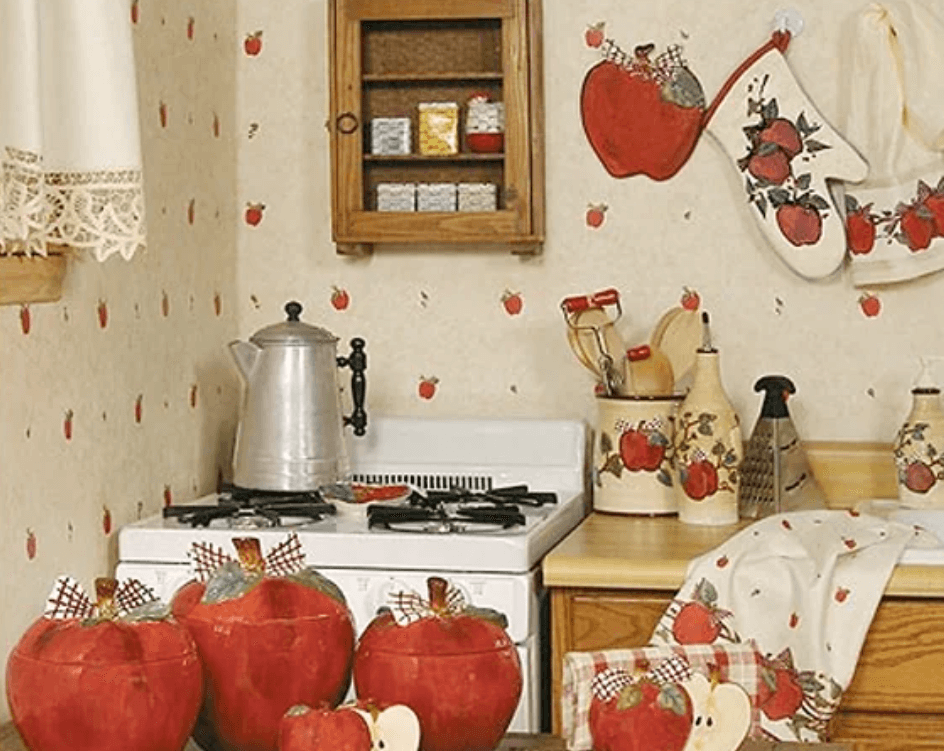
In the 2000s, themed rooms were the pinnacle of decor, especially if the theme was apples, chickens, or even nautical. Everything had to match perfectly.
People took this seriously—matching wallpaper, cookie jars, and tablecloths to fit the theme. It was less “home” and more “theme park.”
Today, we go for subtle decor that doesn’t feel like a themed exhibit. Themed rooms belong to the past, a relic of Y2K design excess.
Brown on Brown on Brown
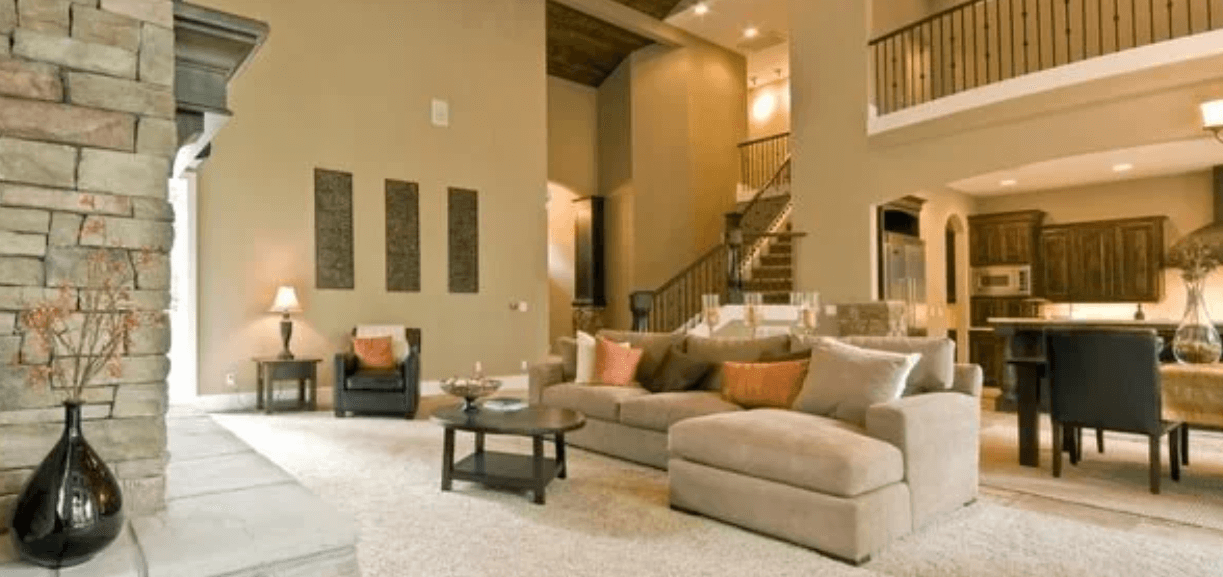
The Y2K era saw an overuse of beige and brown. Homes were coated in shades of taupe, brown, and a splash of mustard yellow for “fun.”
The result was drab and uninspiring, making rooms look like desert wastelands. Brown tones swallowed up any sense of vibrancy or joy.
Thankfully, colors made a comeback, and rooms today feel lively and fresh. Beige is a fine accent but doesn’t need to take over the house.
Bad Wood-Grain Laminate Flooring
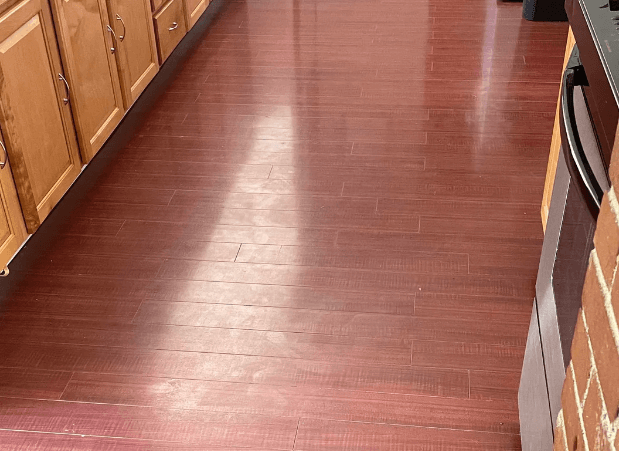
Wood-grain laminate tried hard to mimic hardwood but looked like plastic floors with printed wood designs. These floors were cheap and looked even cheaper.
They scratched easily, showing their true colors (plastic!) after minimal wear and tear. Cleaning them was a nightmare, too—they never quite looked clean.
Modern faux-hardwood options are much better, but we’ll never forget the days of shiny, plasticky wood flooring that fooled no one.
Venetian Plaster Walls
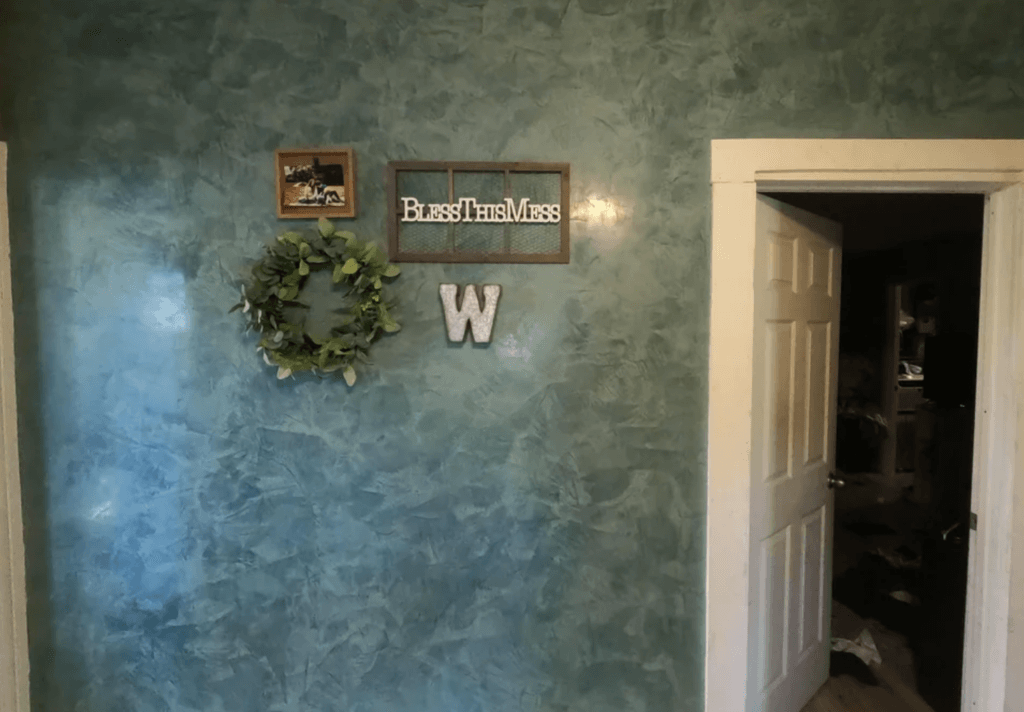
Venetian plaster gave walls a glossy, marbled look but was often more bizarre than beautiful. The shine made rooms feel cold and overly reflective.
This plaster trend was expensive, yet it didn’t add elegance. Instead, it looked like walls were sweating, creating an odd, tacky vibe.
Today’s walls are mercifully matte. Venetian plaster has thankfully stayed in the past, leaving our walls smooth and far less shiny.
Textured Ceilings
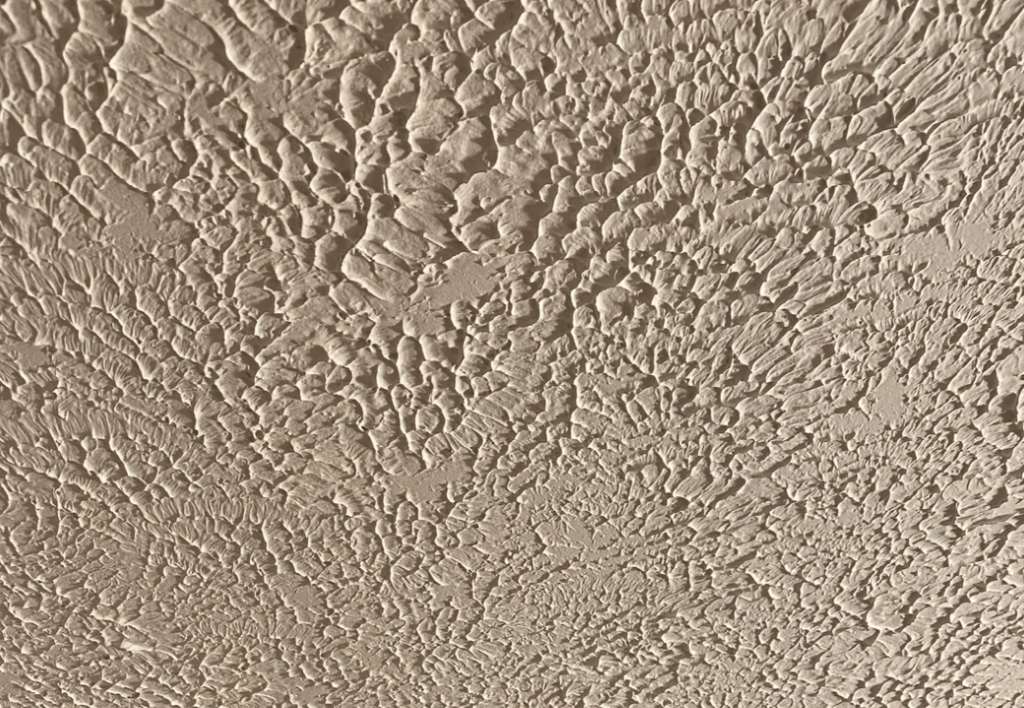
Textured ceilings, especially popcorn style, were popular but difficult to clean. They were also dust magnets and sometimes even hazardous.
For many of us, staring up at these ceilings brought entertainment, spotting faces and shapes. That is until we learned about asbestos risks.
Today’s smooth ceilings are easier to clean and safer. Textured ceilings are best left to spooky tales and retro remodel projects.
Floral and Lace Curtains
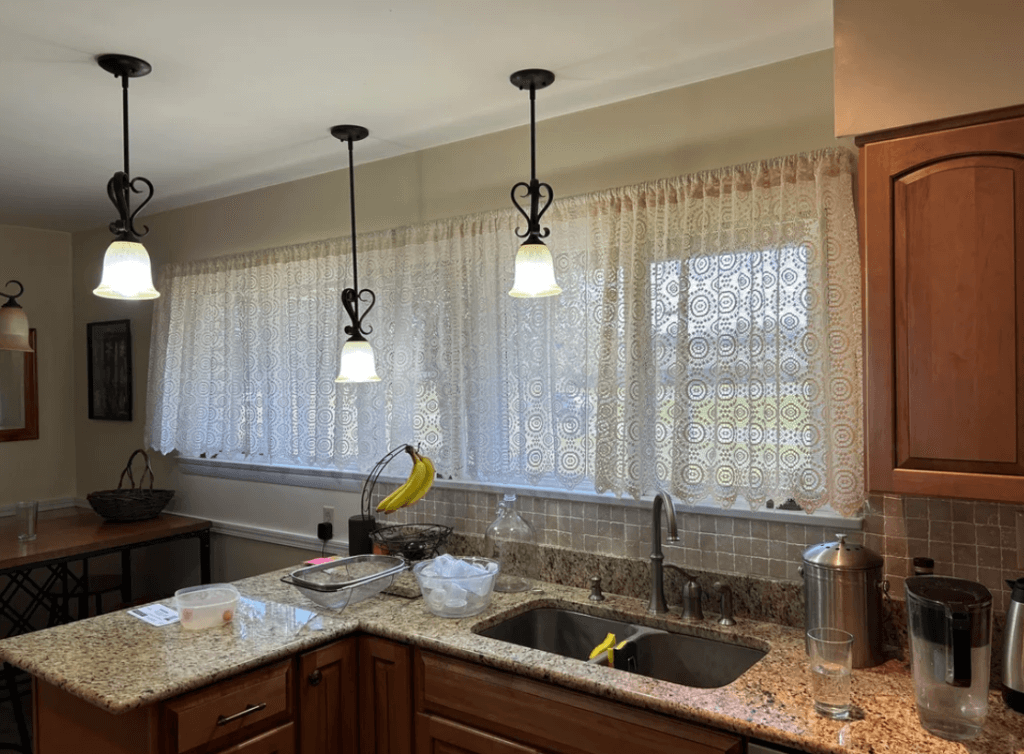
Floral and lace curtains were everywhere in Y2K homes, adding a vintage feel that sometimes veered into “grandma’s attic” territory.
While these worked in some spaces, they could quickly make a room feel outdated. It was shabby chic on overdrive.
Now, streamlined curtains offer a fresh, modern vibe. Lace has moved to tablecloths, and we’re not missing the dusting of floral ruffles.
Laminate Countertops
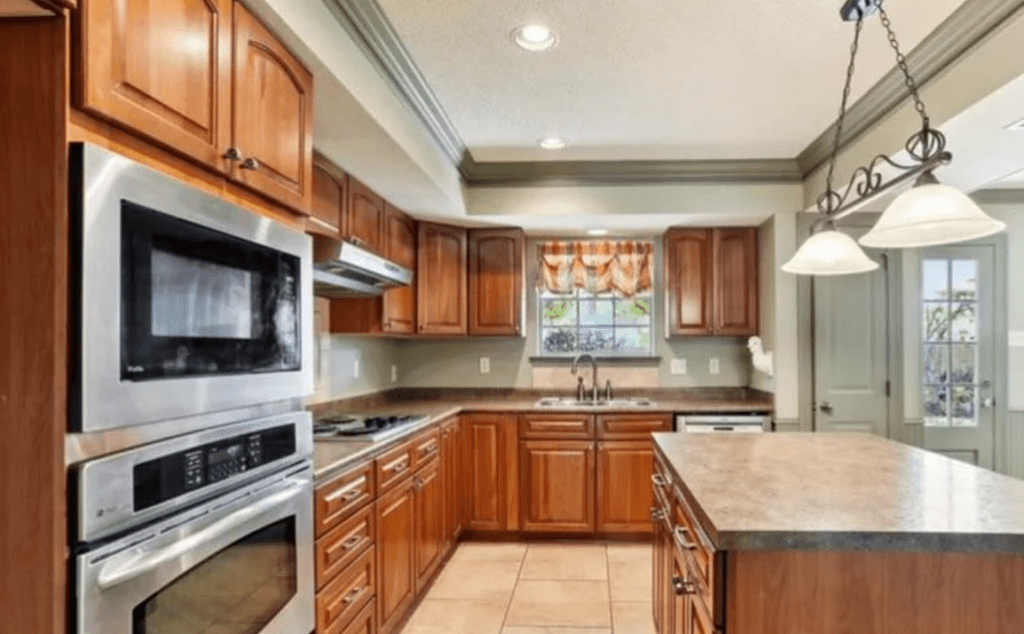
Laminate countertops were a Y2K budget-friendly choice with faux-marble or granite patterns. The trouble? They rarely looked convincing or durable.
These countertops had odd, unrealistic patterns, looking more like plastic than stone. Everyone knew they weren’t the real deal.
Modern countertops are durable and stylish, letting us leave laminate behind. No more fake marble—today’s kitchens keep it real.
Clear Plastic Furniture
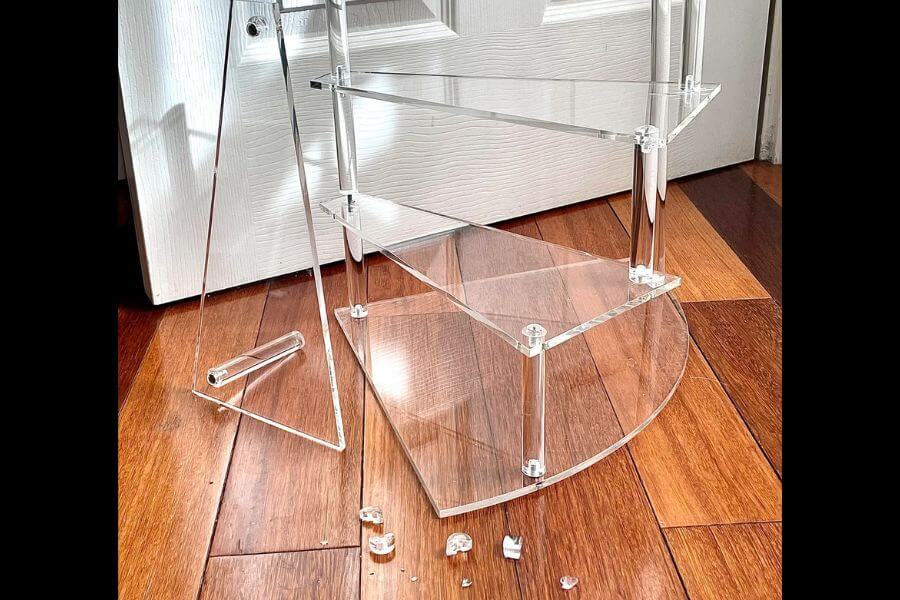
Clear plastic furniture was another Y2K “futuristic” favorite. Chairs, tables, and shelves made from clear acrylic looked spacey but were impractical and uncomfortable.
They were slippery, scratched easily, and didn’t fit well with other decor. The novelty wore off fast, leaving only cloudy plastic behind.
Nowadays, we prefer furniture with comfort and style, not furniture that looks like it came from a sci-fi set. Clear plastic is fun, but not for everyday living.
Glass Block Walls
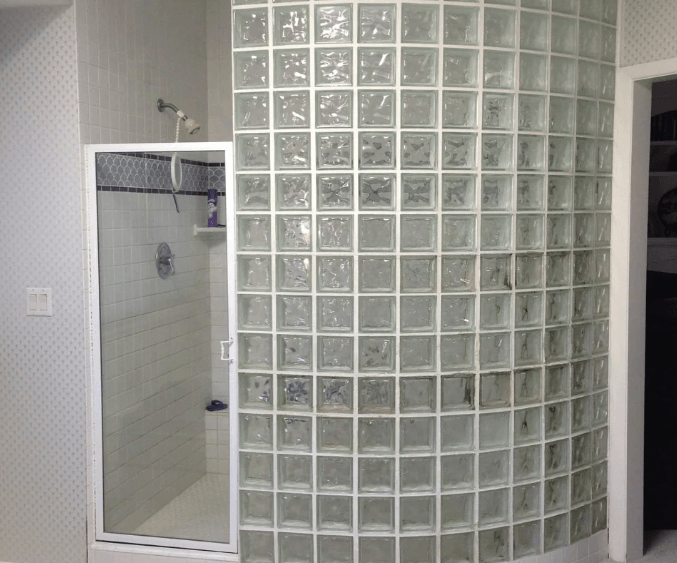
Glass block walls added “privacy” to bathrooms but mainly looked like stacked ice cubes. They gave a peekaboo effect instead of real privacy.
These blocks added a strange, cold feel to homes, especially in showers. Who wants to shower in a frozen, translucent cube?
Thankfully, privacy walls are now more private. Glass blocks belong in art museums, not bathrooms. Farewell to our chilly, glassy partitions.
Swag and Jabot Window Treatments
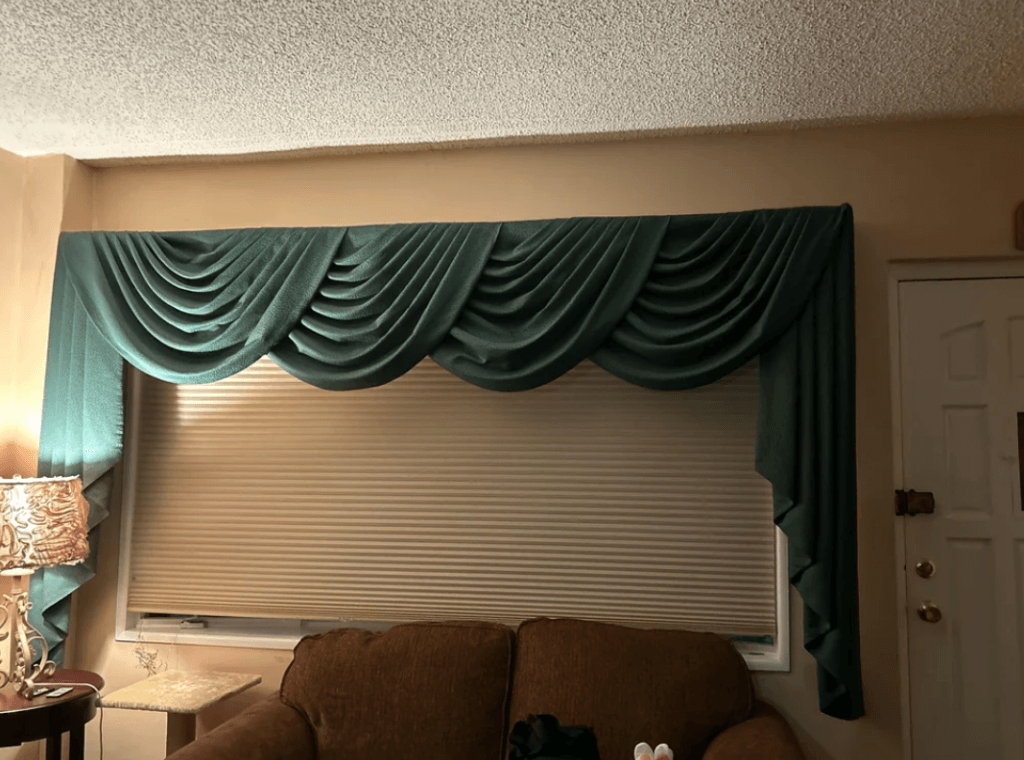
Swag and jabot treatments were fancy window coverings with excessive drapery and swags. They stole the show, and not in a good way.
These fussy curtains gave rooms a cluttered, overdone look, adding way too much fabric where simple drapes would do.
Now, window treatments are simpler, allowing light and views without heavy, drooping layers. Swags are left in the history books.
Inflatable Furniture
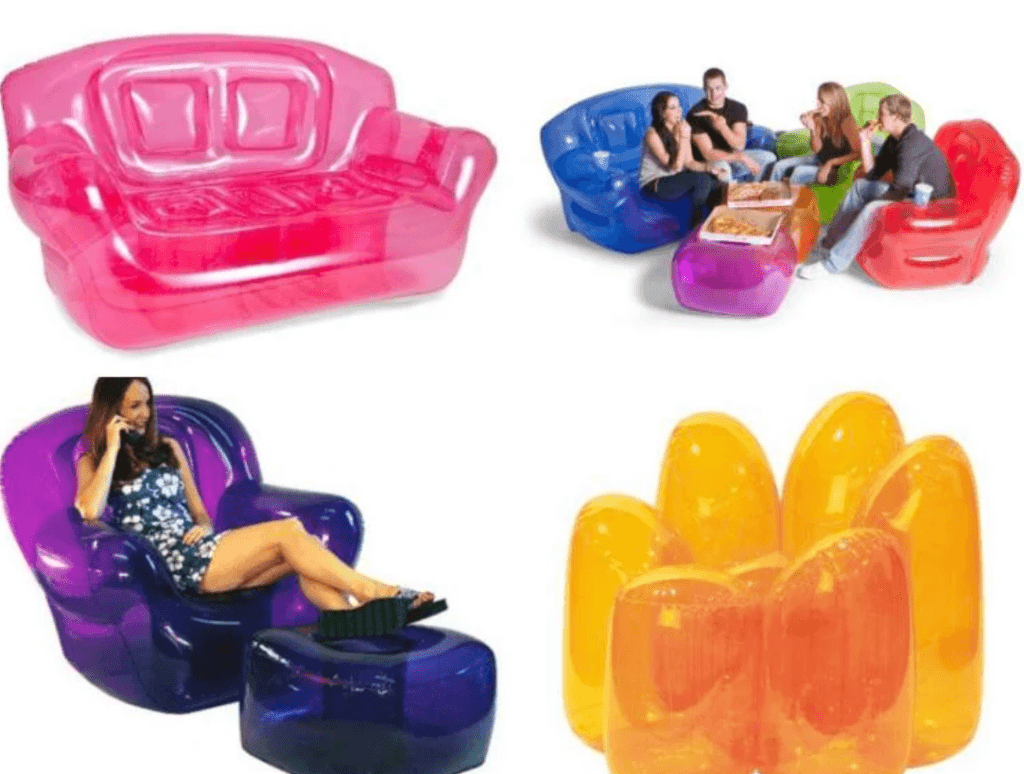
Inflatable furniture was everywhere in Y2K homes, like pool toys for your living room. The smell of plastic was unforgettable, for better or worse.
Blow-up chairs and couches were fun but not functional. One wrong move, and you’d be sitting on the floor after a pop.
Thankfully, furniture with actual support has taken over. Inflatable decor is now for the beach, where it belongs, not our living rooms.
Grunge Decor
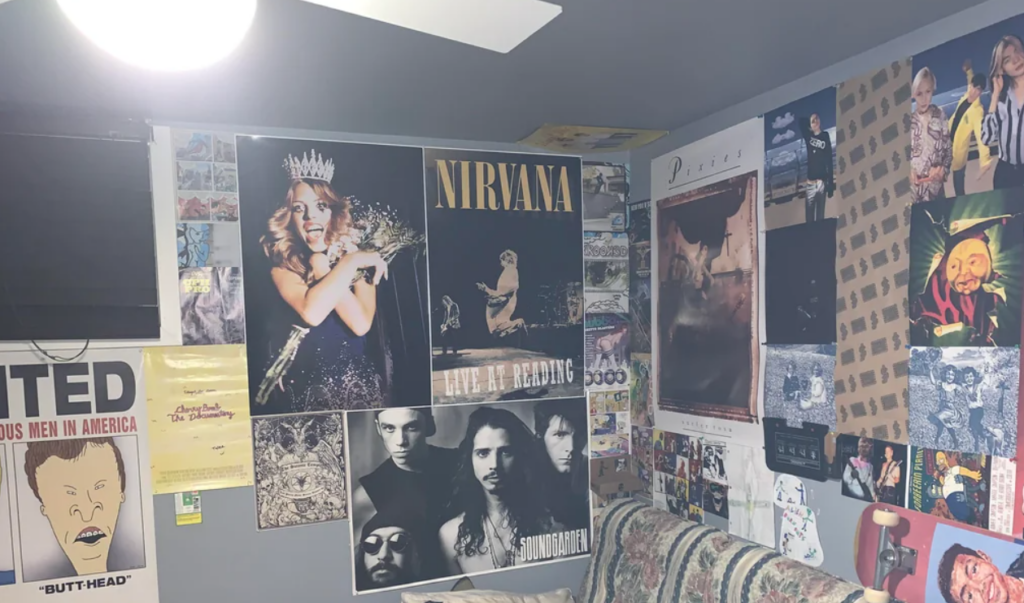
Grunge decor was a staple of Y2K bedrooms, with posters covering every inch of wall space and heavy black curtains blocking out all natural light. Moody vibes ruled.
Typically, grunge rooms were packed with band posters, old CDs, and dark decor, transforming spaces into teenage rebellion hubs. Windows? Not needed here.
Today’s interiors focus on light and airy designs, leaving grunge decor as a nostalgic phase. We’re happy to leave the all-black, poster-plastered walls in the past.
Zebra Print and Hot Pink
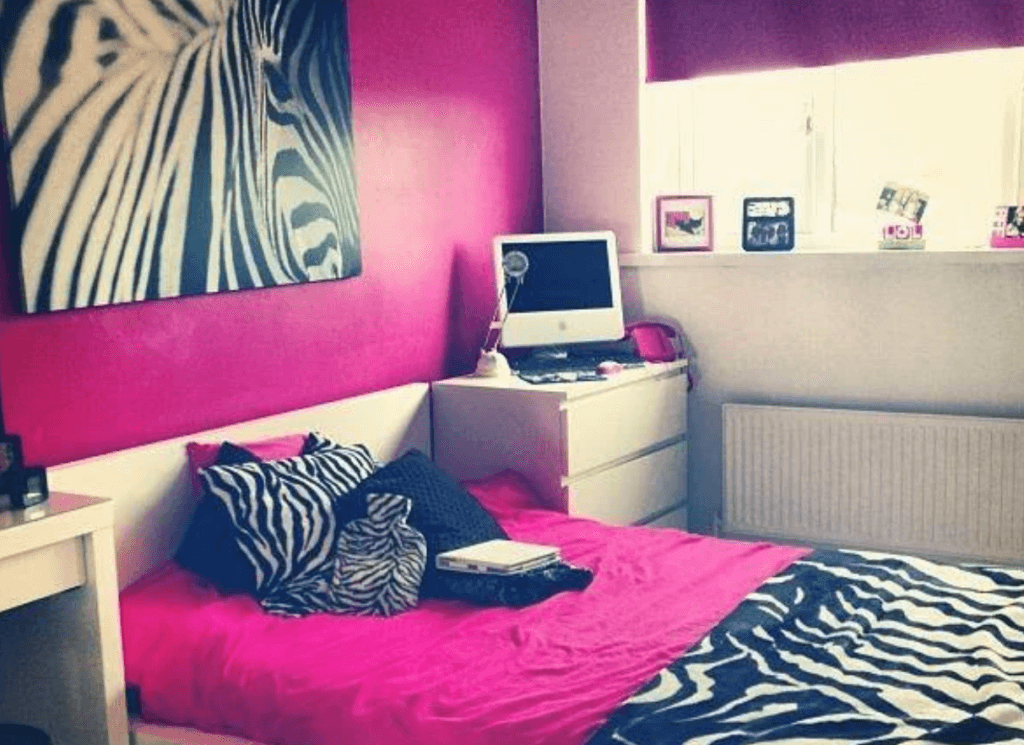
Hot pink and zebra print were everywhere in Y2K bedrooms, creating an intense, eye-watering vibe. No surface was spared from this dizzying color clash.
The combination of bold zebra stripes with shocking pink turned rooms into migraine-inducing displays. Matching pillows, bedspreads, and even wallpaper completed the look.
Nowadays, color schemes are a bit subtler. We’ve learned to appreciate soft contrasts, leaving the wild pink-and-black aesthetic in the Y2K era.
Busy Tile Countertops

Busy countertops with intricate tiles were all the rage in early 2000s kitchens, especially paired with equally complex backsplashes. The look was overwhelming, to say the least.
Every tile was a statement piece, creating a patchwork effect that screamed “look at me!” rather than offering a clean, cohesive look.
These days, we prefer smooth, solid countertops that don’t vie for our attention. Busy tile surfaces are a headache we’re glad to leave behind.
Unfinished Basement Bedrooms
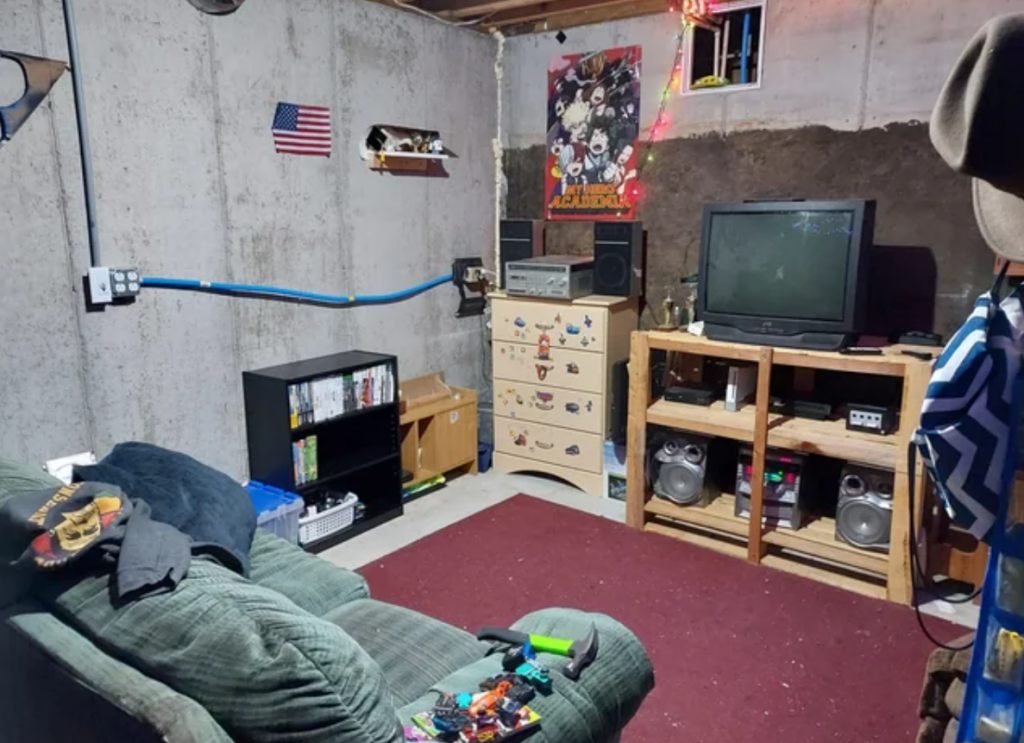
Y2K’s love for basement bedrooms meant lots of unfinished spaces transformed into makeshift “bedrooms.” Think cement floors, exposed pipes, and an obligatory musty smell.
These basement rooms often had a mix of odd furniture, leftover rugs, and game consoles. They weren’t exactly cozy or inviting.
Today, we value finished spaces with warmth and style. Basement bedrooms can be done right, but we’re over the “dark, damp dungeon” vibes of the past.
Zero Hidden Storage
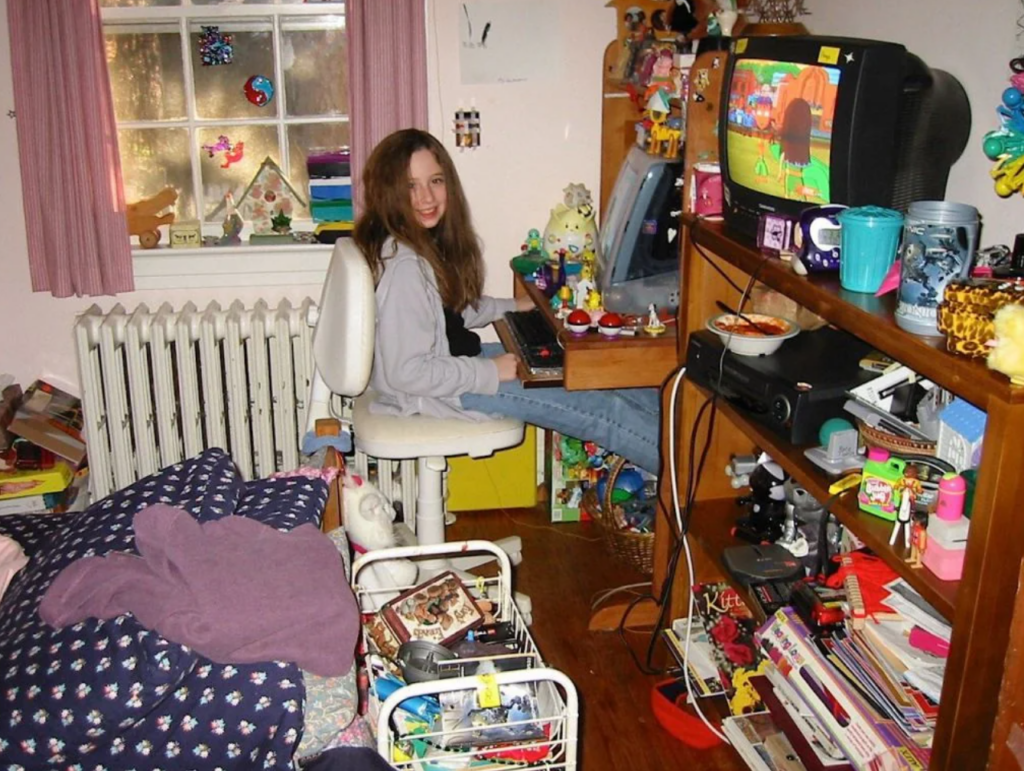
Y2K kids’ rooms were cluttered with toys, games, and clothes, with no hidden storage solutions. Every item was on display, creating chaotic, crowded spaces.
Rooms were overrun with VHS tapes, books, and electronic gadgets. Aesthetics took a backseat to functionality in these rooms.
Now, minimalism and hidden storage are prioritized. Kids’ rooms today are organized, and we’ve embraced storage solutions that keep the mess tucked away.
Beige and Teal Color Schemes
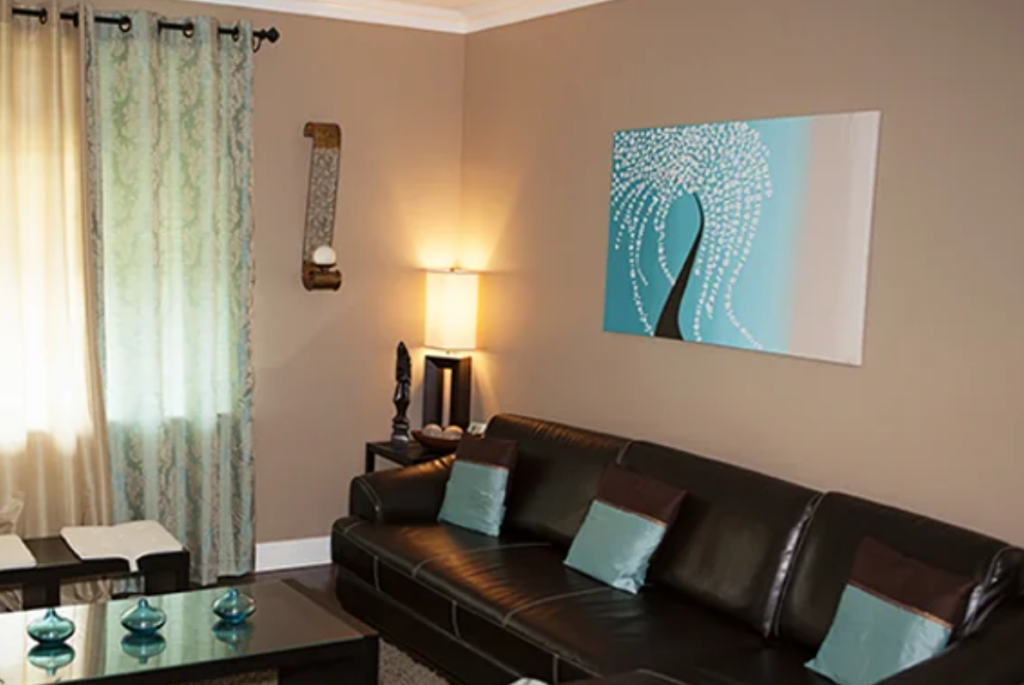
Beige rooms with teal accents were a Y2K staple, especially in living rooms. Teal cushions, curtains, and wall art offset beige sofas and walls.
While a bit livelier than all-beige decor, this color scheme didn’t offer much variety. It made rooms feel bland, despite the attempted pop of teal.
Modern decor embraces richer palettes. Beige and teal rooms feel like a distant memory as we’ve shifted towards bolder, more versatile color schemes.
Wannabe Princess Bedrooms
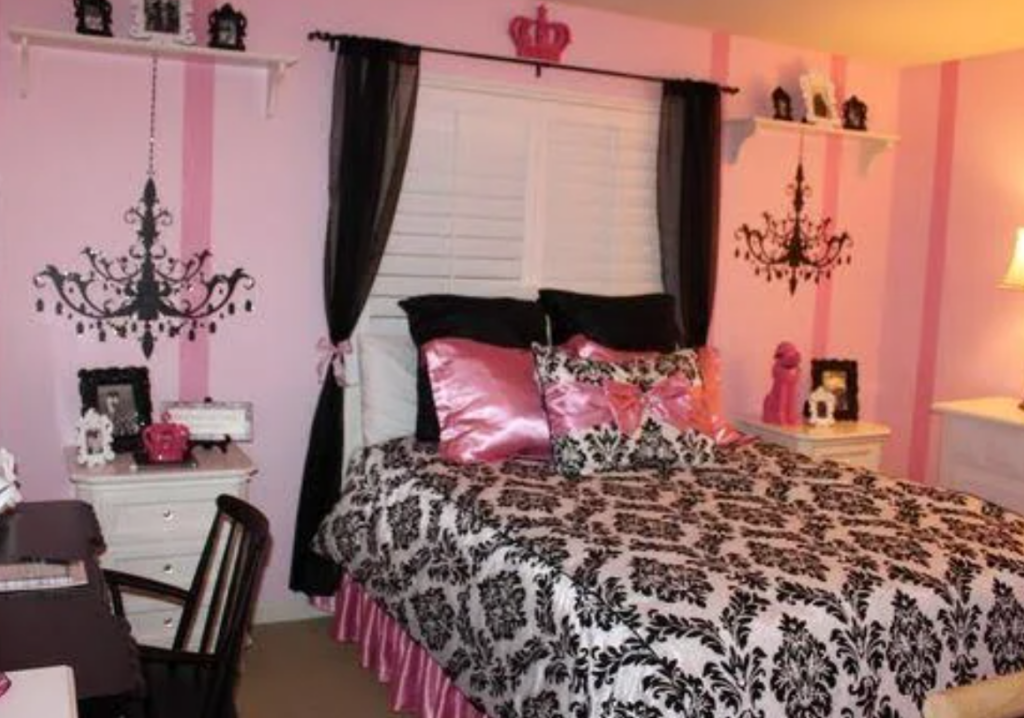
For those who skipped the zebra and pink, there was always the princess-themed bedroom, decked out in pink, black, and white with faux-chandeliers.
These rooms had wall decals of crowns, fleur-de-lis, and other regal symbols, with bed skirts and throw pillows completing the look.
While fun for a time, these princess rooms now feel overly fussy. We’re into chic, comfortable bedrooms that don’t look like a castle from a storybook.
Chef-Themed Kitchens
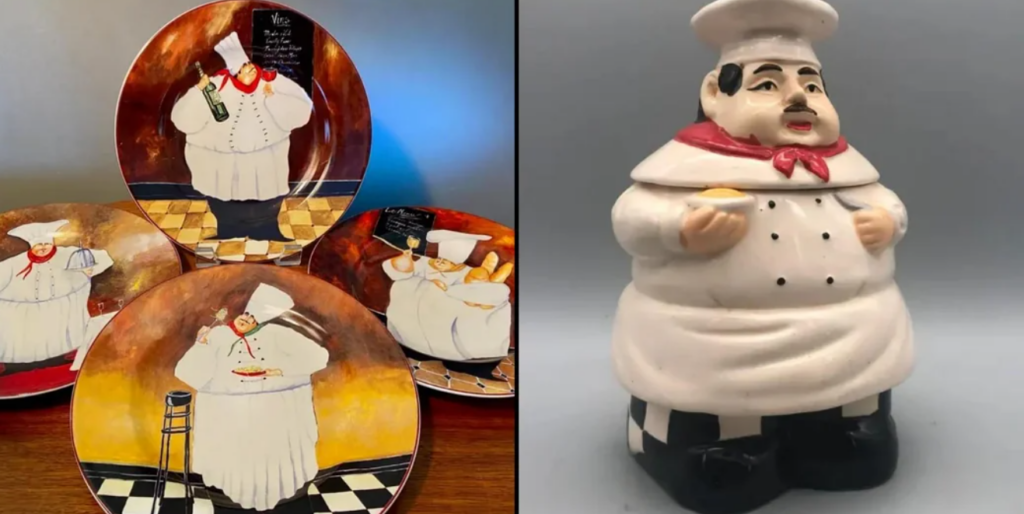
Chef-themed kitchens became a trend alongside Tuscan decor. These spaces were filled with chef figurines, plates, and cookie jars showing cartoonish, jolly chefs.
Every shelf, ledge, and drawer seemed to have a chef-related decoration, creating a strange, over-the-top culinary vibe that went beyond homey.
Today, we appreciate subtle, tasteful kitchen accents. Chef-themed decor now feels a bit silly and overly kitschy, better suited for a restaurant than a home.
Ultra-Frilly Living Room Decor

Maximalism in Y2K took the form of ultra-frilly living room decor, with ruffled curtains, floral sofas, and layered patterns creating an over-decorated space.
These rooms had mismatched textures and colors, making them look more like antique shops than living spaces. It was frill-overload.
Modern living rooms are about simplicity and comfort. We’re happy that ultra-frilly decor has faded, allowing for cozy, uncluttered spaces that still feel inviting.
Egg Chairs

The egg chair, a Y2K icon, was a funky statement piece that looked futuristic yet impractical. Sitting in one was novel, but only for short periods.
These round, oversized chairs were hard to decorate around and looked out of place in most homes, despite their popularity in Y2K decor magazines.
Now, we prefer furniture that balances form with function. Egg chairs are better off in quirky design studios than as mainstays in our homes.
Burnt Orange Everywhere
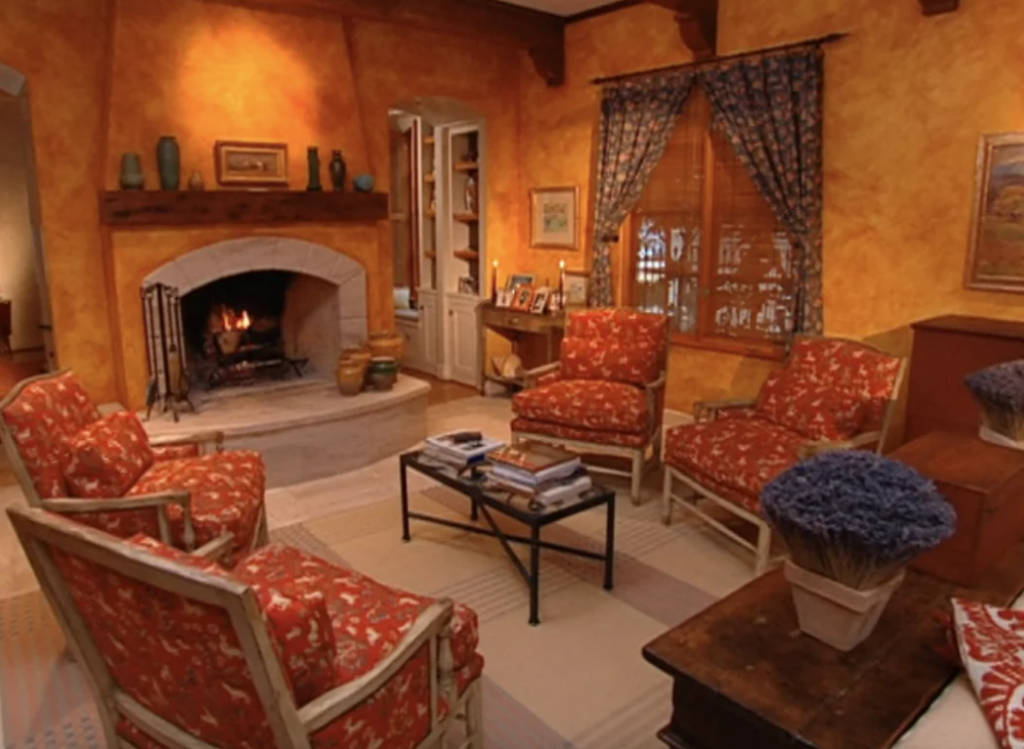
Burnt orange was another color that dominated Y2K decor, especially on walls and furniture. Rooms felt heavy with sponge-painted orange walls and warm tones.
The shade could add warmth, but overuse created an oppressive feel, especially when paired with dark woods and Tuscan-inspired decor.
Today’s decor is lighter and fresher, and burnt orange is used sparingly. We’re glad to leave this color scheme back in the early 2000s.
Futuristic Curves

Futuristic design in Y2K meant ultra-curved, modular furniture with metallic finishes. It felt like stepping into a sci-fi movie but was strangely uncomfortable.
Rooms with curving couches, tables, and lighting looked unique but lacked the warmth and comfort that most of us actually want in our homes.
Now, we’re more into natural, cozy designs that feel inviting rather than sterile. Futuristic curves were fun, but they belong in the design museum now.
Sun, Moon, and Stars Decor

Celestial decor was big in the Y2K era. Suns, moons, and stars adorned walls, pillows, and kitchenware, creating a spacey, whimsical aesthetic.
While charming in small doses, these motifs quickly overtook rooms, making them feel like astrology shrines. Celestial decor was the Y2K zodiac fan’s dream.
These days, we prefer subtle accents over statement pieces. Stars and moons have mostly been retired, and we’re okay with that—space belongs in the sky.
Over-the-Top Matching Holiday Decor
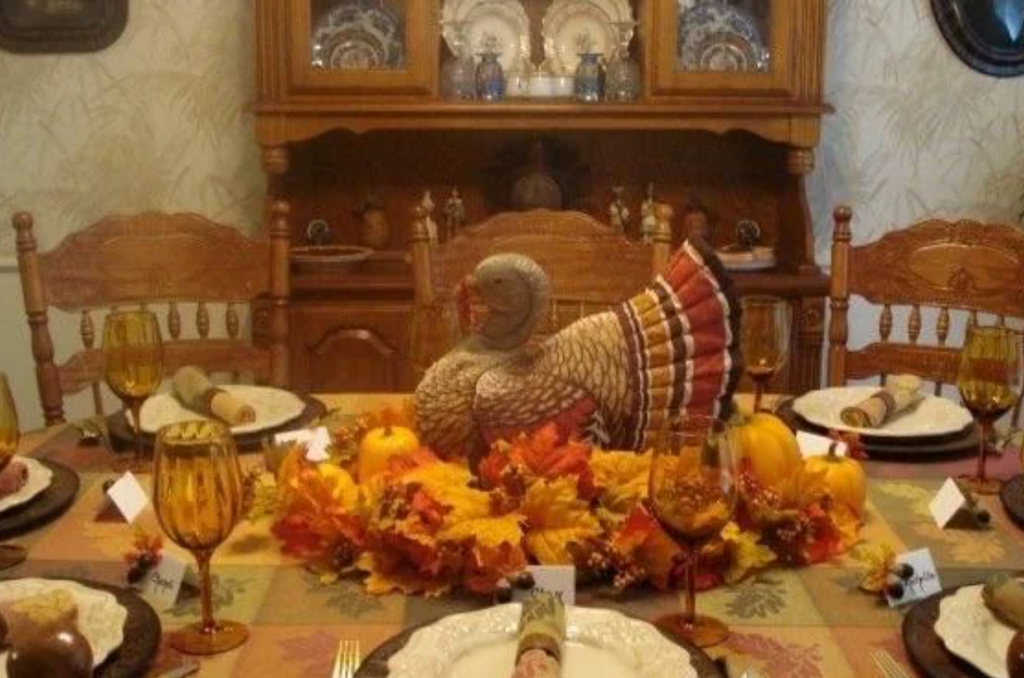
Y2K homes took holiday decor seriously, with every season requiring a full set of matching decorations, from Thanksgiving to Christmas and even Easter.
Each holiday meant swapping out regular decor for themed tablecloths, wall art, and figurines. It was festive, but storage for these items became overwhelming.
Today, we keep holiday decor simple and tasteful. We’ve moved past the clutter of holiday-themed everything, opting for a few meaningful decorations instead.
Tuscan Bathrooms
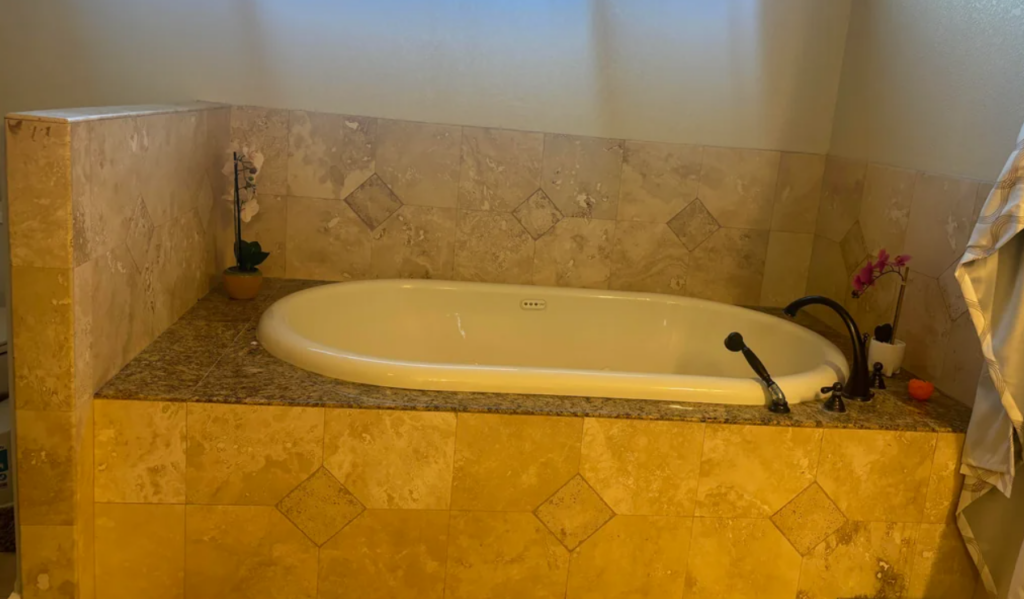
Tuscan-inspired decor didn’t stop at kitchens—it took over bathrooms too, with beige tiles, dark fixtures, and granite galore. These bathrooms looked like mini hotel lobbies.
They often had dim lighting and ornate details, making them feel overly formal for a personal space. Beige and granite were everywhere.
Thankfully, bathrooms today are simpler and lighter. Tuscan bathrooms belong in resorts, not homes, and we’re happy to leave them there



